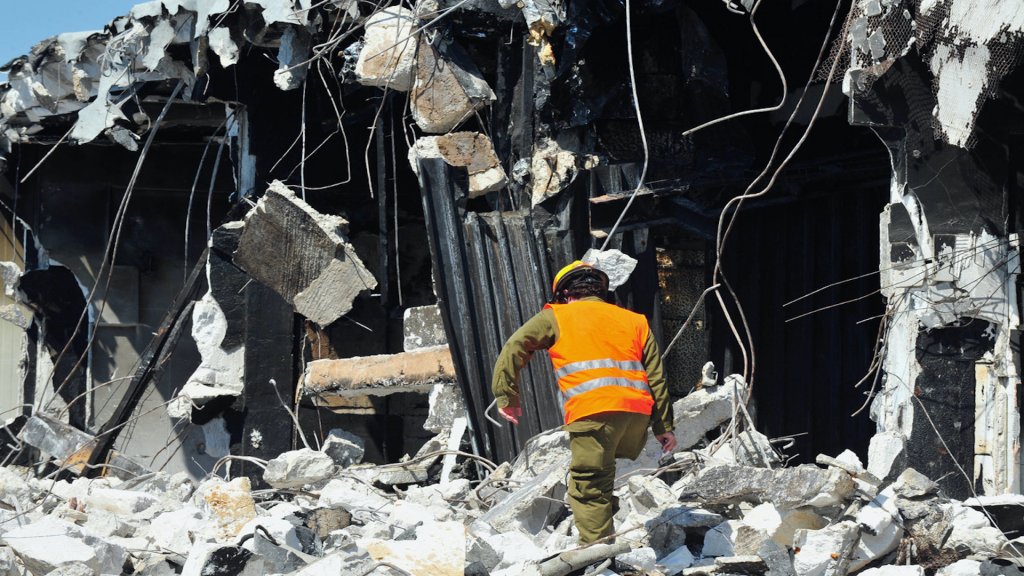Developing a Safety Plan
If the COVID-19 pandemic has taught us anything, it’s that lack of preparation can have a devastating impact on any organization during an emergency. Confusing messages, uninformed staff, and disorganized leadership can put people in harm’s way, slow down response time, and make it more difficult to get operations back up and running. Natural disasters, pandemic, terrorist attacks, and other emergency events need to be taken into account when an organization is developing a safety plan.
The importance of emergency preparedness cannot be overstated. Every organization has a duty of care they are obligated to fulfill, meaning they should have plans and tools to help keep people safe and informed about potentially dangerous situations. Organizations that plan, test, and train for these events see the benefits in many ways.
In this blog post, we’ll outline several advantages to disaster management and provide some examples of how to prepare for different emergencies.
Why Emergency Management is Important
Cataclysmic events such as earthquakes require intense planning to facilitate an effective response. While most people know that earthquakes are measured using the Richter Scale to understand the intensity of the ground shaking that occurs. Still, there is another scale that provides a more relative measurement based on where the earthquake occurs. The Mercalli modified scale offers advantages when understanding earthquake intensity because it takes into account factors like damage to structures.
This information can be helpful for large cities in areas prone to emergency situations often make emergency preparedness a priority. Take, for example, the Seattle Disaster Readiness and Response Plan. This kind of detailed document helps officials and citizens understand the procedures for preparing and responding to a crisis. Making comprehensive plans ahead of time and running earthquake drills like the Great Shake Out helps people understand what actions they need to take to stay safe.
Understanding the Benefits
Large scale emergencies can result in a state of emergency declaration by a government entity. These declarations can be an essential part of emergency management. The benefits of a state of emergency often include opening up resources that will benefit communities impacted by the emergency situation. As mentioned above, the lack of preparation can hinder an organization’s ability to get back up and running.
When disaster strikes, an organization that has not done the proper preparations is vulnerable. For adequate emergency preparedness, organizations should engage in actions such as understanding situations an organization is at risk of encountering, developing messages that inform people of emergencies, determining who is in charge of sharing information, knowing what channels will be to use to disseminate information, and designating safe areas.
Completing these actions can all be done with the help of a mass notification system and communicated via digital signage. Displaying text and images delivered by a mass notification system can help communicate closings, safety instructions, and other warnings and information that impact people’s safety. With the proper preparedness and communication tools, you can minimize risk and disruptions to protect people and keep operations running smoothly.
Chris Swietlik is the content marketing manager for Singlewire Software. He is the primary author of the company’s Emergency Notification Blog where he shares best practices, product updates, and customer stories to keep people informed about the latest trends related to safety and alerting.


